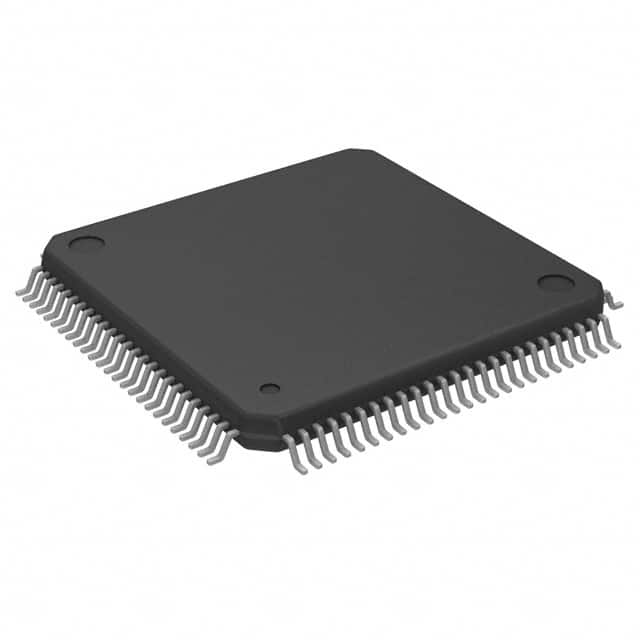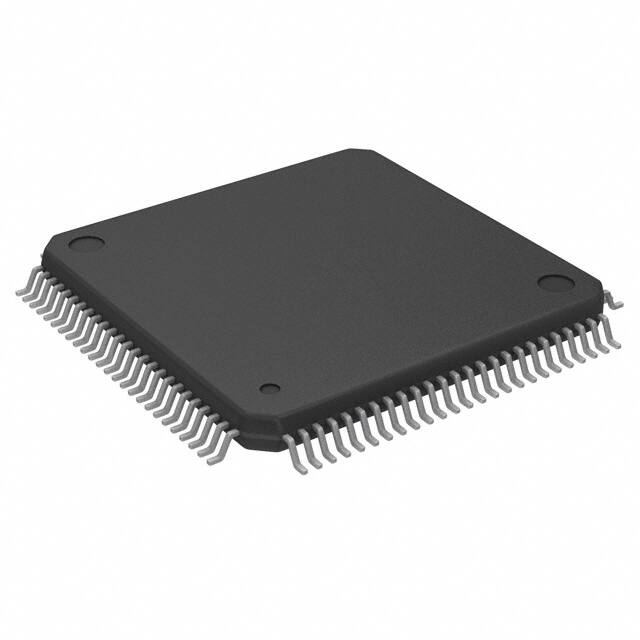ST491ACDR Product Introduction:
STMicroelectronics Part Number ST491ACDR(Interface - Drivers, Receivers, Transceivers), developed and manufactured by STMicroelectronics, distributed globally by Jinftry. We distribute various electronic components from world-renowned brands and provide one-stop services, making us a trusted global electronic component distributor.
ST491ACDR is one of the part numbers distributed by Jinftry, and you can learn about its specifications/configurations, package/case, Datasheet, and other information here. Electronic components are affected by supply and demand, and prices fluctuate frequently. If you have a demand, please do not hesitate to send us an RFQ or email us immediately sales@jinftry.com Please inquire about the real-time unit price, Data Code, Lead time, payment terms, and any other information you would like to know. We will do our best to provide you with a quotation and reply as soon as possible.
Introducing the STMicroelectronics ST491ACDR, a cutting-edge integrated circuit designed to revolutionize the field of communication and networking. With its advanced features and exceptional performance, this product is set to redefine the way we connect and communicate.
The ST491ACDR boasts a wide range of features that make it stand out from the competition. Firstly, it offers a high-speed data transmission rate of up to 1 Mbps, ensuring seamless and efficient communication. Additionally, it supports multiple communication protocols, including RS-485 and RS-422, making it compatible with a wide range of devices and systems.
This versatile integrated circuit is suitable for a variety of application fields. In industrial automation, the ST491ACDR can be used to connect sensors, actuators, and other devices, enabling real-time data exchange and control. It is also ideal for building automation, allowing for efficient communication between different components of a smart building system. Furthermore, it can be utilized in automotive applications, providing reliable and secure communication between various vehicle systems.
The ST491ACDR is not only highly functional but also highly reliable. It features built-in protection mechanisms, such as short-circuit and overvoltage protection, ensuring the safety and longevity of connected devices. Its low power consumption and wide operating temperature range further enhance its reliability and suitability for various environments.
In conclusion, the STMicroelectronics ST491ACDR is a game-changing integrated circuit that offers exceptional performance, compatibility, and reliability. Whether in industrial automation, building automation, or automotive applications, this product is set to transform the way we communicate and connect.
Interface - Drivers, Receivers, Transceivers are all important components in integrated circuits (ics) to achieve signal transmission. The driver interface is responsible for converting internal logic signals into signals suitable for long-distance transmission or driving external loads, ensuring signal integrity and stability. It usually includes signal amplification, level switching, and necessary protection circuits to match the electrical requirements of different systems. The receiver interface, by contrast, receives an external signal, converts it to an internal logic level, and performs noise suppression and signal integrity checks to ensure that data is transmitted accurately to the internal circuit. The transceiver interface is a combination of driver and receiver, which can realize the transmission and reception of signals on the same device. It usually includes transmitting and receiving subsystems, transmitting part is responsible for signal generation, modulation and amplification, receiving part is responsible for signal reception, demodulation and processing.
Application
Interface - Drivers, Receivers, Transceivers are widely used in various high-speed communication and signal processing occasions. In network devices such as data centers, servers, and switches, they are key components to implement high-speed interface protocols such as high-speed Ethernet and Fibre Channel. In the field of consumer electronics, such as smartphones, tablets, HDTVS, etc., these interfaces support HDMI, USB, DisplayPort and other high-definition audio and video transmission standards, providing excellent audio and video experience. In addition, in industrial automation, automotive electronics, aerospace and other fields, these interfaces also play an important role in enabling reliable communication and precise control between devices. With the rapid development of the Internet of Things (IoT) and 5G communication technology, the application field of driver interface, receiver interface and transceiver interface will be further expanded, providing powerful communication support for more intelligent and interconnected devices and systems.
FAQ about Interface - Drivers, Receivers, Transceivers
-
1. What is an interface driver?
An interface driver is a special program that allows the operating system to control hardware devices through a specific interface. The interface driver is equivalent to a bridge between the hardware and the system, enabling the operating system to identify and control various hardware devices.
The main function of the interface driver is to handle tasks such as data transmission, device identification and resource allocation, ensuring that the hardware devices can be correctly connected and recognized and used by the system.
-
2. What is a sensor interface IC?
A sensor interface IC is an integrated circuit used to connect sensors and system processors to realize data conversion and transmission. It is mainly responsible for converting analog signals collected by sensors into digital signals, or performing signal conditioning, amplification, filtering and other processing so that the system can recognize and process them.
The main functions of the sensor interface IC include signal conversion, signal conditioning and data transmission. It can amplify and filter the weak signal output by the sensor to improve the quality and stability of the signal, and then convert the processed signal into a digital signal for the system to process. In addition, the interface IC can also realize multiplexing to improve the efficiency and flexibility of the system.
-
3. What is the difference between a transmitter and a transceiver?
The core difference between a transmitter and a transceiver lies in their functions and uses. The transmitter is mainly responsible for converting electrical signals into optical signals and transmitting them through optical fibers; while the transceiver has both transmitting and receiving functions, which can convert electrical signals into optical signals for transmission and also convert optical signals into electrical signals for reception.
The transmitter is usually composed of an optical transmitting module, whose function is to convert electrical signals into optical signals and transmit them through optical fibers. It is mainly used to connect devices that need to send data, such as computers, servers, etc. 12. The transceiver contains two modules, optical transmitting and optical receiving, which can complete the two-way transmission of signals, and can both send and receive data.
 Lead free / RoHS Compliant
Lead free / RoHS Compliant



























